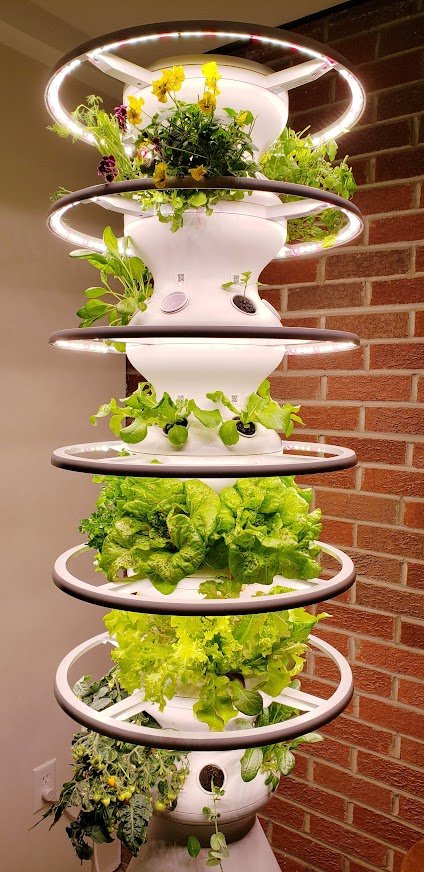Getting Started with Hydroponics
Hydroponics is a method of growing plants without soil, using nutrient-rich water as a growing medium. This innovative technique is becoming increasingly popular as people seek new ways to grow fresh produce in urban environments, small spaces, and areas with poor soil quality. If you're interested in trying out hydroponics, here's a beginner's guide to get you started.
Choose your hydroponic system
There are many different types of hydroponic systems, each with its own pros and cons. The most popular systems are:
Deep water culture: A simple system where plants are grown in a bucket filled with nutrient-rich water.
Drip irrigation: A system where nutrient-rich water is dripped onto the plants' roots.
Ebb and flow: A system where the plants are grown in a tray that is periodically flooded with nutrient-rich water.
NFT (Nutrient Film Technique): A system where a thin film of nutrient-rich water flows over the roots of the plants.
Research and decide on the hydroponic system that best suits your needs and budget.
Choose your growing medium
Although hydroponics doesn't use soil, you still need a growing medium to support the plants. Some common growing mediums include:
Rockwool: A mineral-based fiber that provides excellent drainage and air circulation.
Peat Pellets: Made from peat moss, this is a sustainable and affordable option.
Perlite: A lightweight volcanic rock that provides excellent drainage.
Vermiculite: A mineral that holds water well and provides good aeration.
Choose your plants
Most plants can be grown hydroponically, but some do better than others. Leafy greens like lettuce, spinach, and kale are popular choices for hydroponic gardens, as are herbs like basil and cilantro. Tomatoes, peppers, and strawberries also do well in hydroponic systems.
Set up your hydroponic system
Once you've chosen your system, growing medium, and plants, it's time to set up your hydroponic system. Follow the instructions carefully, and make sure you have everything you need, including a nutrient solution and a pH meter to monitor the pH of the water.
Monitor and maintain your system
Hydroponic systems require regular monitoring and maintenance to ensure the plants grow healthy and strong. Check the nutrient solution levels and pH regularly, and adjust as needed. Keep an eye out for pests and diseases, and address them promptly.
Harvest your plants
Harvest your plants when they're ready, and enjoy the fruits (and vegetables) of your labor. Remember to clean and sanitize your system between growing cycles to prevent the buildup of dried nutrients and also kill any plant pathogens that might be lurking in the system. This will ensure the best growing conditions for your next round of plants.
In conclusion, starting a hydroponic garden is an exciting and rewarding experience. By choosing the right system, plants, and monitoring your garden closely, you'll be well on your way to growing your produce in no time. Good luck and happy growing!



